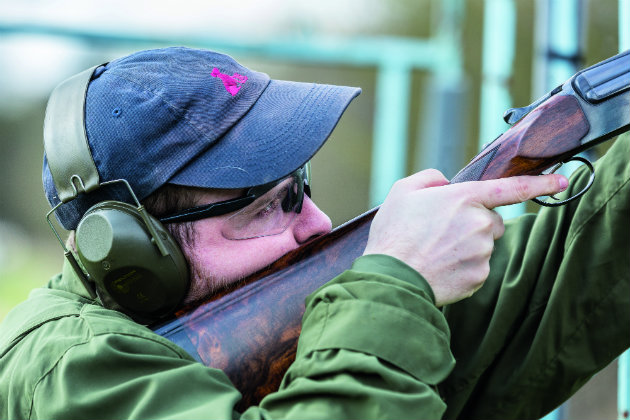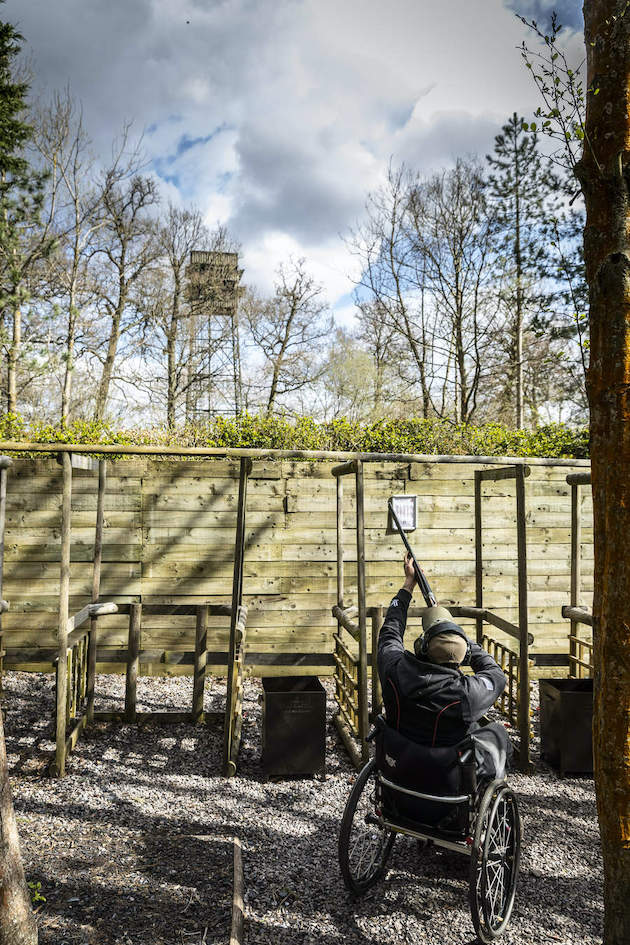Win CENS ProFlex DX5 earplugs worth £1,149 – enter here
What’s the difference between a battue and a chondel clay target?
Clay shooting: What’s the difference between a battue and a chandelle target? Do you approach the targets in a different manner?

If you’re fairly new to clayshooting, then you’re going to come across some new terminology that you’re not familiar with. One of things I’m often asked is how a chondel clay target differs from a battue. (If you want some advice on hitting battue clays, read Tony Bracci’s useful tips).
What’s the difference?
The chondel takes a more symmetrical flight path to that of a battue.
The battue will probably be faster too. Some shooters modify their approach accordingly and if that works, all well and good.
Maintained lead
Mind you, if you follow the maintained lead technique, you will be able to shoot them both the same way. I will normally take the battue just as it turns and starts to fall.
And I tend to do the same with the chondel clay target.

Getting to grips with the chondel clay target takes practice
Move, mount shoot
By keeping the gun out in front of these birds my Move-Mount-Shoot approach takes care of the forward allowance side of the equation. The most important bit is to have the muzzles below the target when the shot is fired.
When the stock is properly mounted the bird will be visible above the muzzles of the gun as you squeeze the trigger.
Don’t poke – move
Don’t ‘poke’ at the target. Keep the barrels moving.
The other thing you need to be aware of is that there is a knack to hitting battues and chandelles in regards to the rhythm and timing of the shot. Shoot the target when it is most comfortable for you.
Loopers
One thing I will say about loopers – and chondels in particular – is that they are targets which are used far too frequently.
I think grounds throw in far more than they need to so that life is made for difficult for the shooter. This isn’t a good thing as I think it shows that a) the shoot lacks options or b) it lacks imagination.
This article was first published in Sporting Gun in 2014 and has been updated.
Related Articles
Get the latest news delivered direct to your door
Subscribe to Shooting Times & Country
Discover the ultimate companion for field sports enthusiasts with Shooting Times & Country Magazine, the UK’s leading weekly publication that has been at the forefront of shooting culture since 1882. Subscribers gain access to expert tips, comprehensive gear reviews, seasonal advice and a vibrant community of like-minded shooters.
Save on shop price when you subscribe with weekly issues featuring in-depth articles on gundog training, exclusive member offers and access to the digital back issue library. A Shooting Times & Country subscription is more than a magazine, don’t just read about the countryside; immerse yourself in its most authoritative and engaging publication.







